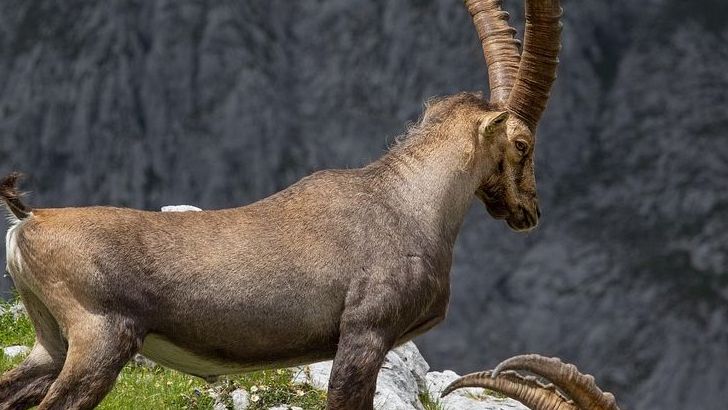When it comes to the wild frontiers of Europe, the brown bear, or Ursus arctos, reigns supreme as the continent’s largest predator. This majestic creature roams across continents, casting an aura of mystery and wonder. Dive into these ten captivating facts about the brown bear, a mammal that continues to intrigue and inspire.
1. Global Presence: The Wide Distribution of Brown Bears

Brown bears are a true testament to adaptability, found in diverse habitats across the Northern Hemisphere. From the dense forests of North America to the vast expanses of Eurasia, they have mastered the art of survival in varied ecosystems. These magnificent creatures thrive in wilderness areas where human activity is minimal, offering them the freedom to roam and flourish. With an estimated global population of 180,000 to 200,000, the majority find sanctuary in the remote regions of Alaska, Canada, and Russia.
2. The Size and Might of Brown Bears
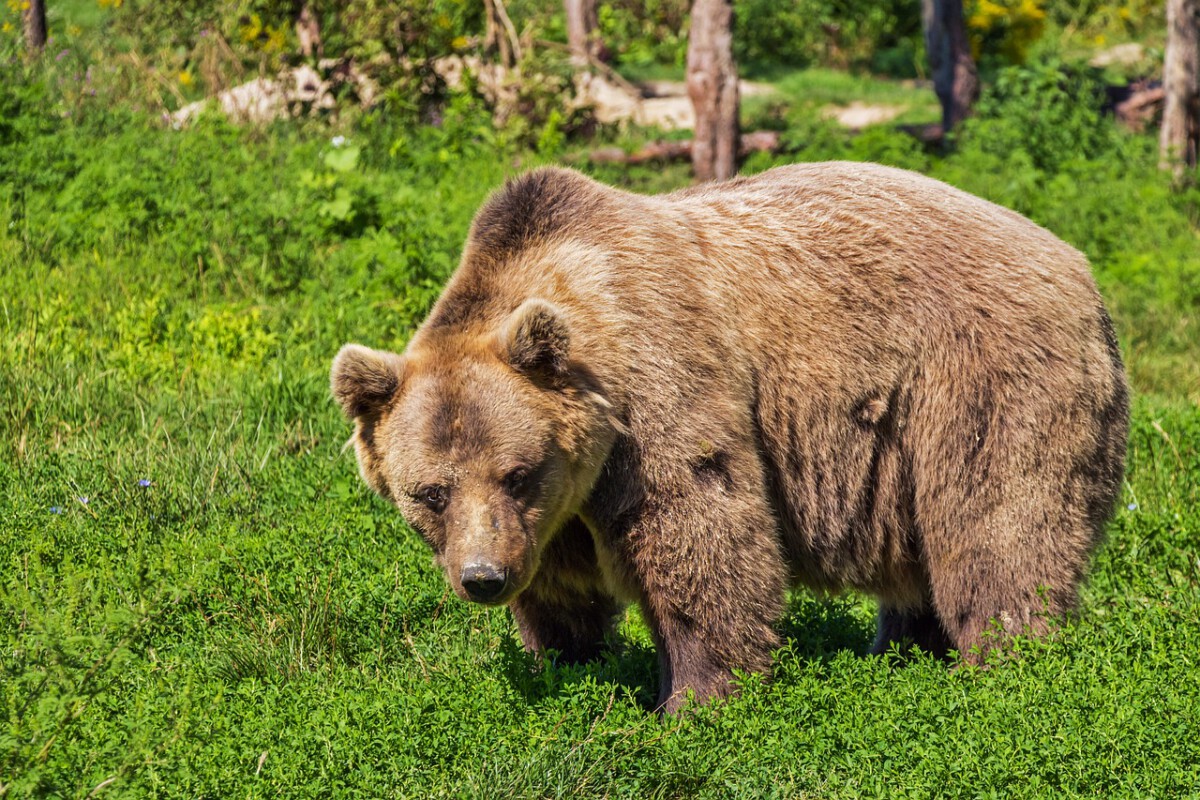
Brown bears are no ordinary mammals; their size alone is awe-inspiring. Depending on factors such as age, sex, and season, they can weigh anywhere between 150 to 370 kilograms. Picture a giant, powerful beast with the ability to sprint at speeds of up to 50 km/h over short distances. Despite their bulk, they exhibit a surprising agility that belies their size.
3. Solitary Creatures of the Wild
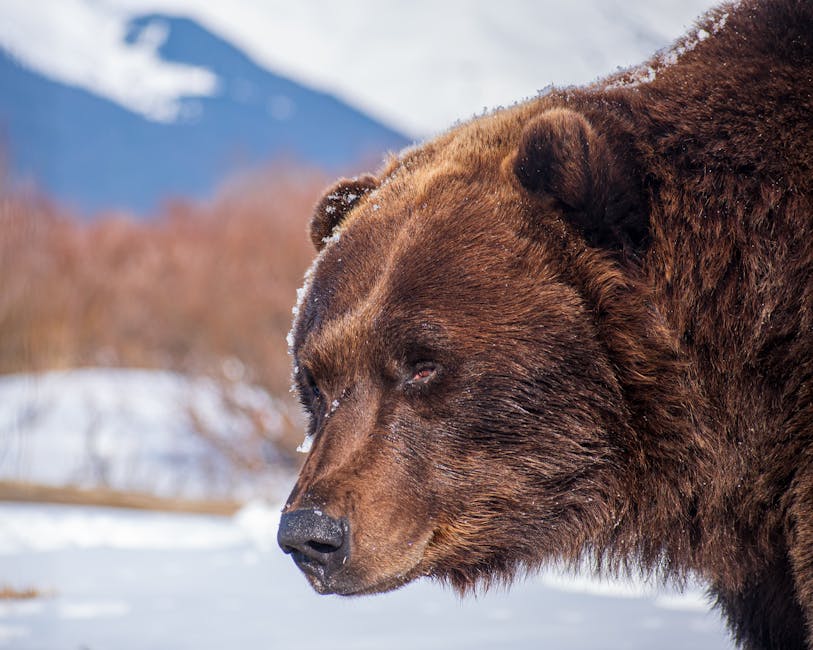
While often depicted in stories as sociable characters, brown bears are generally loners in the wild. Their encounters with fellow bears are typically limited to mating seasons, making these interactions short and sporadic. This solitary nature means each bear carves out its own territory and survival niche, showcasing their independence and resilience.
4. The Vulnerable Beginnings of Bear Cubs
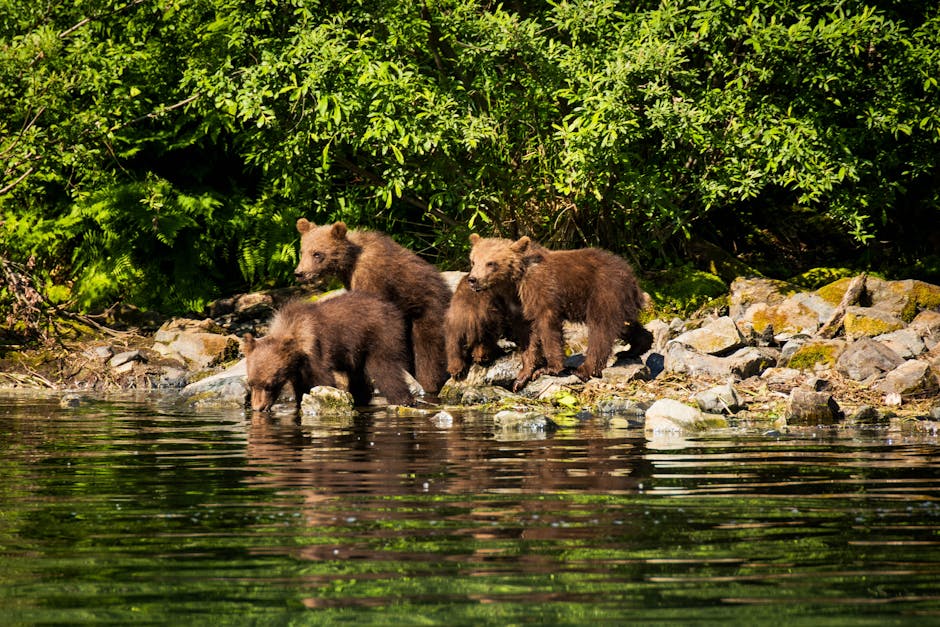
The journey of a brown bear begins in a fragile state, as bear cubs are born blind and naked. These delicate new beginnings contrast starkly with their future as formidable creatures of the wild. Protected and nurtured by their mothers, cubs rapidly gain strength, navigating the arduous path to adulthood with fierce determination.
5. A Cuisine for Omnivores: The Bear Palette

When it comes to diet, brown bears are true omnivores. They spend up to 16 hours a day foraging for food, embodying the saying ‘hungry as a bear.’ This relentless search for nourishment involves a diverse array of foods, from berries and roots to fish and small mammals, showcasing their adaptability and versatility.
6. The Super Smellers of the Animal Kingdom
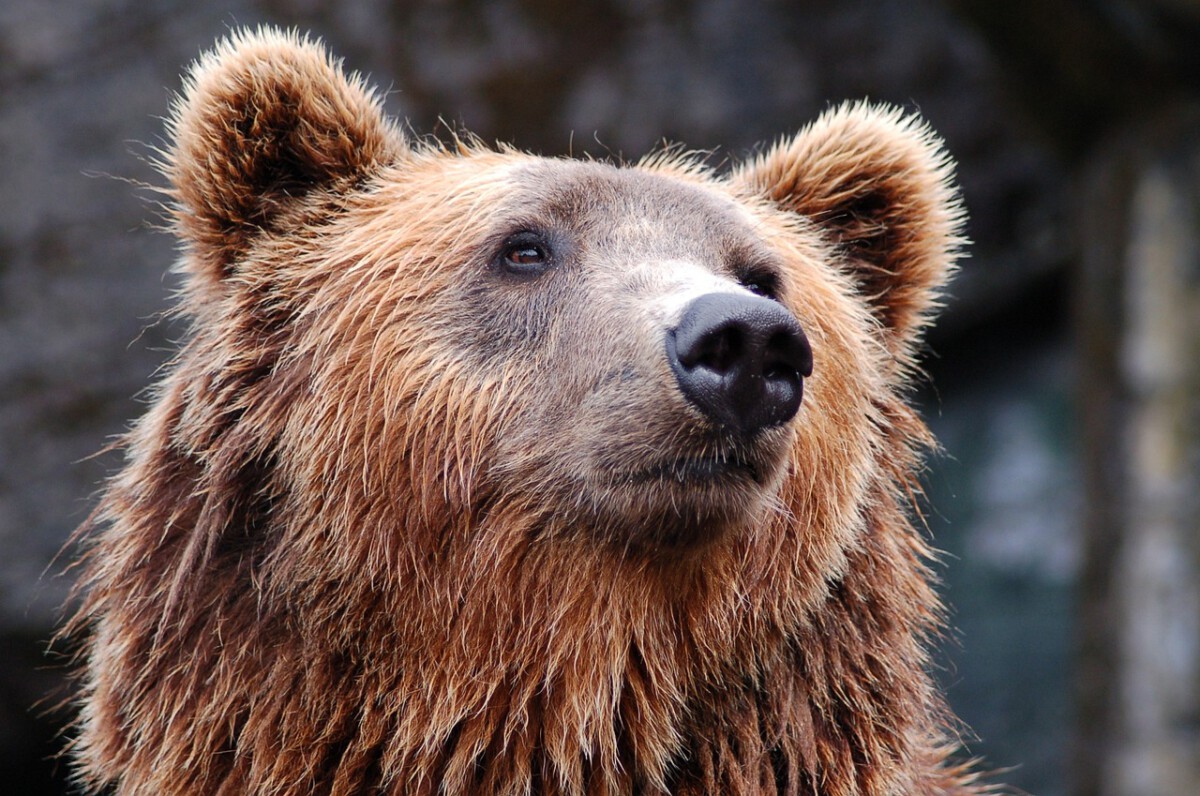
A brown bear’s sense of smell is nothing short of remarkable. Their acute olfactory abilities allow them to detect food from several kilometers away, serving as a vital tool for survival. This heightened sense of smell assists in their endless quest for sustenance and plays a crucial role in their navigation of the wild.
7. The Night Owls of the Wilderness
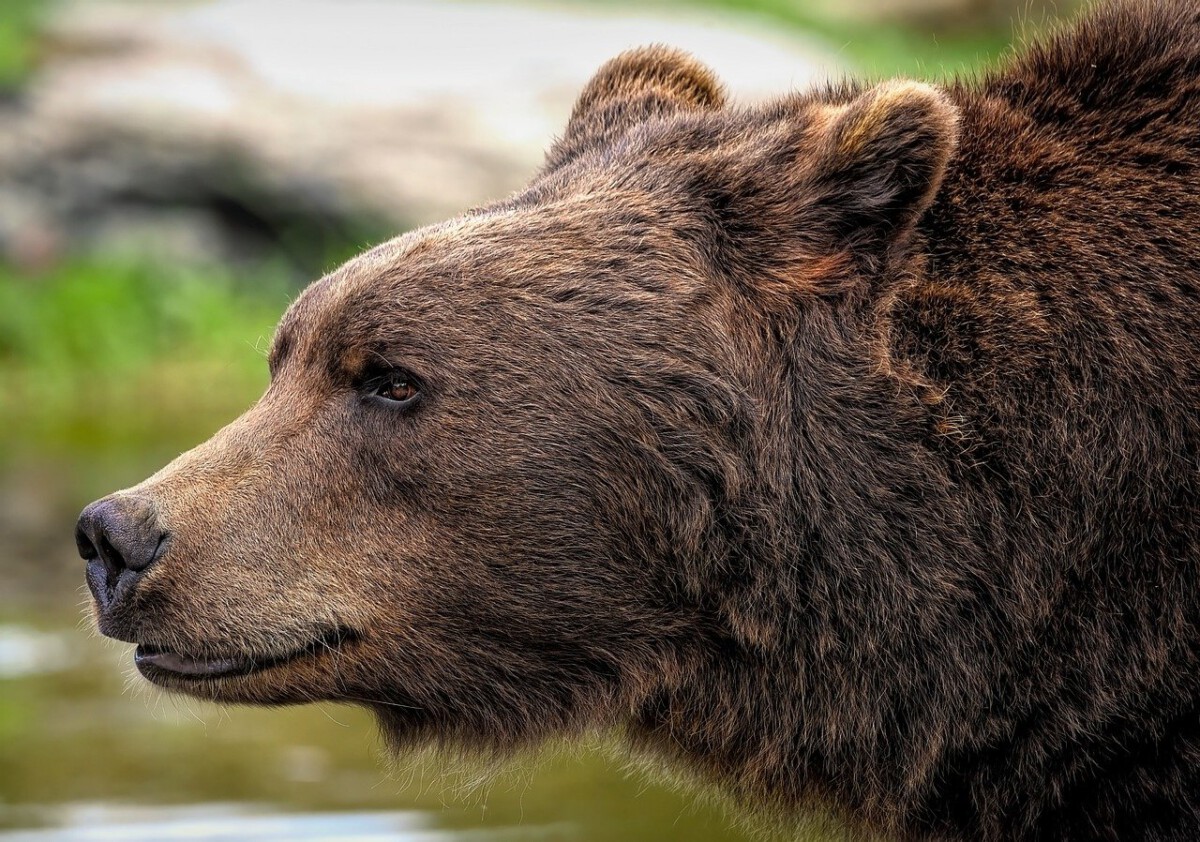
In their natural habitats, brown bears are predominantly active during the twilight hours. As dusk falls, these nocturnal wonders emerge, embarking on their nightly endeavors. This behavior allows them to exploit the cooler temperatures and a quieter environment, minimizing encounters with potential threats.
8. The Circle of Life: Brown Bear Longevity
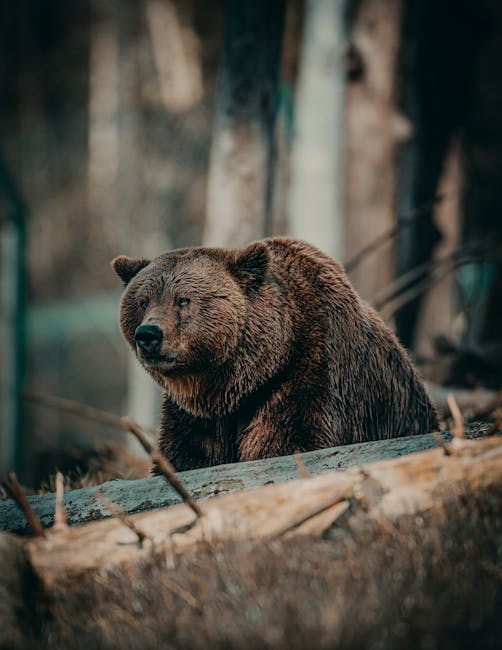
In the wild, brown bears often live between 20 to 30 years, although some individuals have been known to surpass these averages. In captivity, devoid of natural adversaries and environmental challenges, their lifespan can extend even further. This testament to longevity reflects their robust constitution and adaptability.
9. The Majestic Sovereignty of Europe’s Largest Predator

Standing as the largest predator on the European continent, the brown bear is a symbol of natural majesty. These creatures encapsulate the primal beauty and raw power of nature, commanding awe and respect wherever they roam. Their presence is a vital component of the ecosystem, highlighting the intricate balance of biodiversity.
10. Conservation Efforts: Protecting Our Wild Heritage
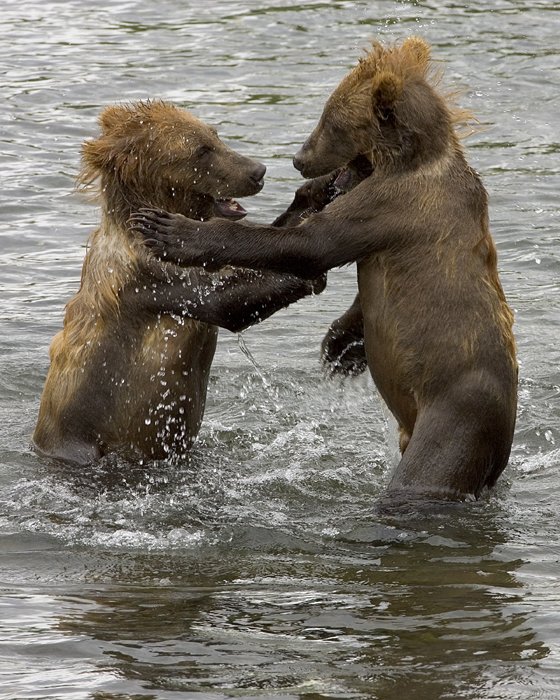
The survival of brown bears is a shared responsibility, prompting conservation efforts worldwide. With habitat loss and human encroachment posing significant threats, initiatives are crucial to ensure these magnificent creatures continue to thrive. Protecting the brown bear is a commitment to preserving the wild and honoring the legacy of nature’s grandest predator.
Embark on an exploration of Europe’s most formidable predator and revel in the wild wonders of the brown bear’s world. Each fact paints a picture of resilience, power, and the unyielding spirit that defines Ursus arctos. Together, let’s cherish and protect these remarkable mammals, ensuring they endure for generations to come.



